Mcommerce Statistics and Trends in 2019

Mcommerce, or mobile commerce, refers to the use of mobile phones, laptops, and tablets to conduct transactions online. Mcommerce can include ecommerce shopping as well as online banking and bill payment.
For the purposes of this article, we’ll focus on the online shopping part of mcommerce.
As we near 2019, mcommerce promises to be a powerful ecommerce force in the year to come.
Here are some statistics and trends to help you prepare and optimize your mobile commerce experience for the new year.
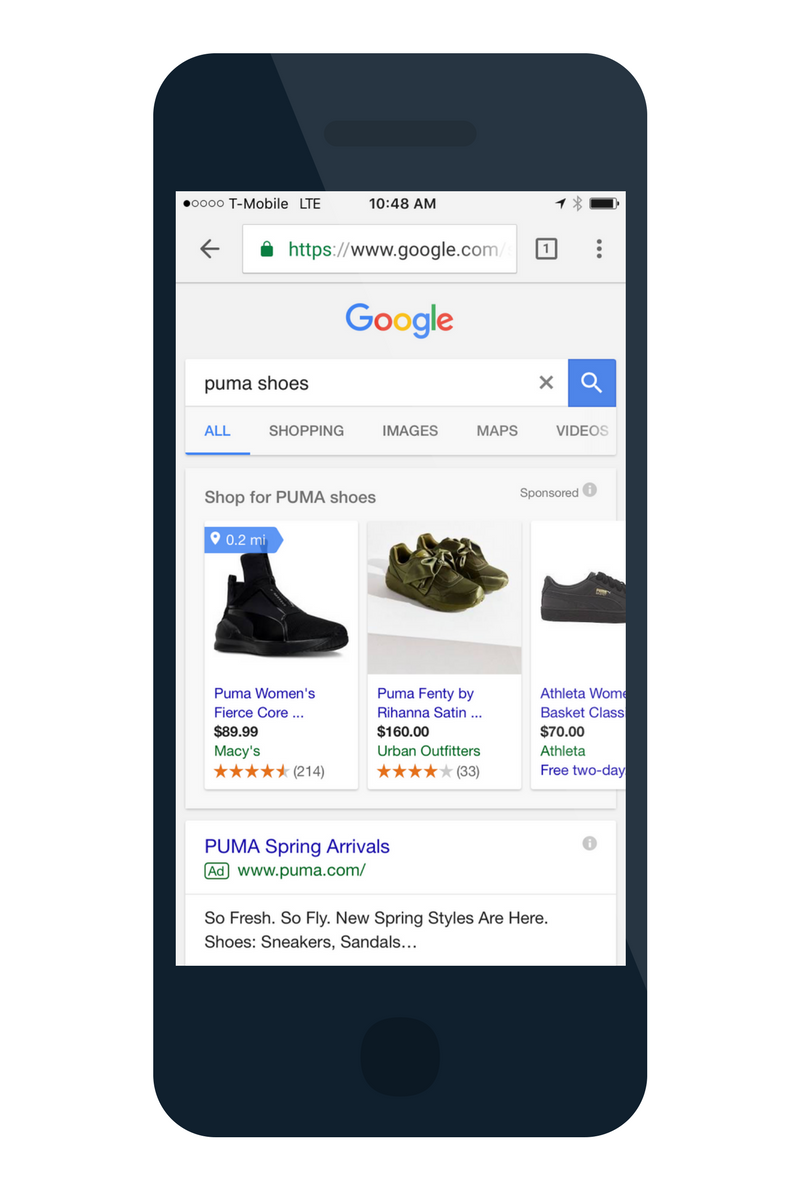
Mcommerce sales are predicted to make up 44.7% of total US ecommerce sales in 2019, up from 39.6% in 2018.
Early stats from Black Friday 2018 prove that more customers than ever are shopping via smartphone: Adobe analysts have determined that just over a third of online Black Friday sales were completed on smartphones — up from 29.1% just one year earlier.
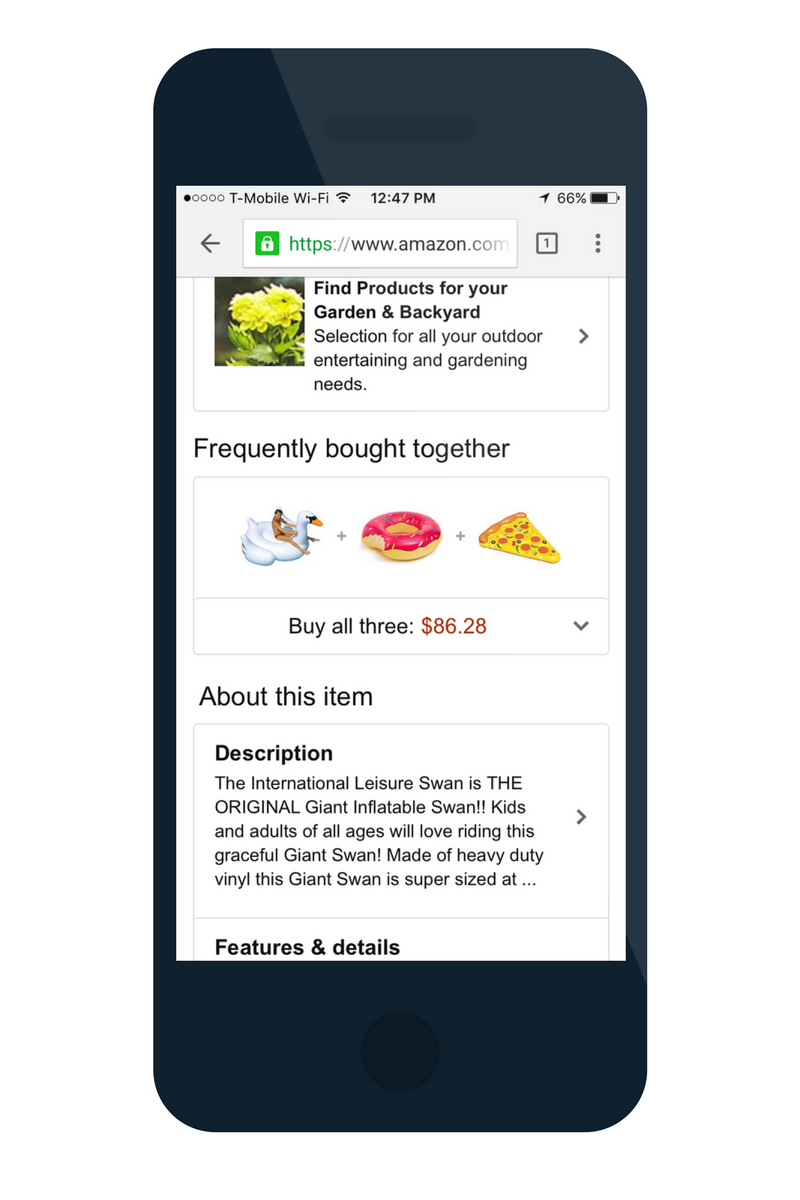
The increase in mcommerce is impossible to ignore. Retailers can no longer afford not to have a mobile-optimized website. Make sure that your online store is easy to navigate on all major mobile phone and tablet operating systems.
Many ecommerce platforms offer mobile-friendly themes — take advantage of these to take some of the guesswork out of mobile design.

“There’s more people searching on mobile, and they’re increasing their trust in converting on a mobile device. I think mobile will overtake desktop as the conversion revenue driver in the future.”
– Román Fitch, Senior Retail Search Manager | CPC Strategy
Allied Market Research has predicted that the global mobile-payments market will grow by more than 33% through the year 2022 to reach $3,388 billion.
Mobile payments refer to payments made through digital wallets or apps on a smartphone or tablet, such as Apple Pay, PayPal, or Samsung Pay.
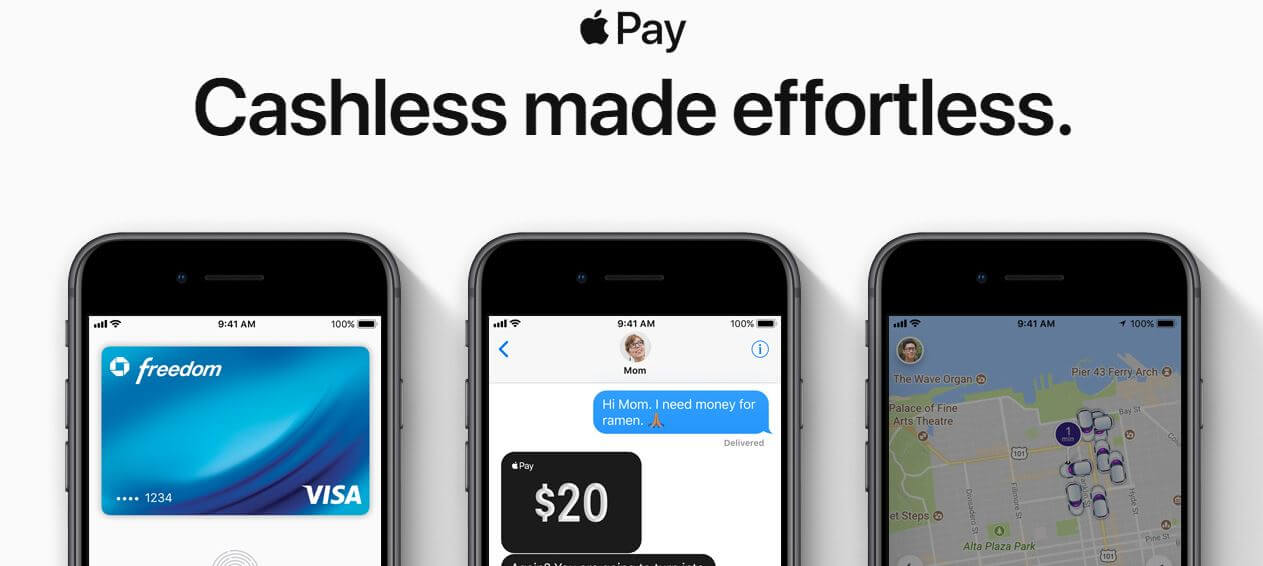
Just as consumers are exploring ecommerce on different devices, they’re also trying out more and more new ways to pay. Global research from Zion Market Research shows that digital-wallet market share is expected to rise by about 32% from 2017 to 2022.
Adding digital wallets to your ecommerce store can help you capture more mobile users at checkout by offering an easy, secure way to pay in a single click.
For example, allowing mobile shoppers to pay with PayPal leverages a trusted brand name while eliminating the need for shoppers to enter credit card details and shipping addresses on a tiny screen.

While mcommerce is increasing as a whole, mobile conversion rates still trail behind those on desktop.
In Q2 2018, traditional online shoppers converted at a rate of 3.91%, while those shopping via smartphone converted at 1.61%, a rate less than half that.
Why are mobile shoppers so much less likely to complete a purchase?
According to comScore, one out of every five shoppers has security concerns about shopping via smartphone. Leveraging the trusted digital wallets mentioned above can help ease these fears by allowing shoppers to pay through a familiar, secure service.
You should also make sure that your checkout has an extended validation SSL certificate, or EV SSL. This is the security measure that makes your company name or URL turn green in a mobile browser’s address bar and a lock icon appear next to your name.
Without EV SSL, shoppers trying to access your site may see security warnings, resulting in less traffic and lost sales.

Mobile shoppers may also be dropping off before purchasing because of a complex checkout process.
In the same comScore study, 19.3% of customers reported difficulty navigating checkout as a reason for abandoning a shopping cart on mobile.
To simplify your mobile checkout, consider breaking forms into multiple pages or steps, as well as using buttons instead of text links. These fixes can make it easier for customers to navigate on smaller screens.
Some brands are taking an innovative look at mobile as a payment channel – including Dirty Lemon, who chose to create a direct-to-consumer beverage line where all orders are placed by text message.
That’s right – text message.
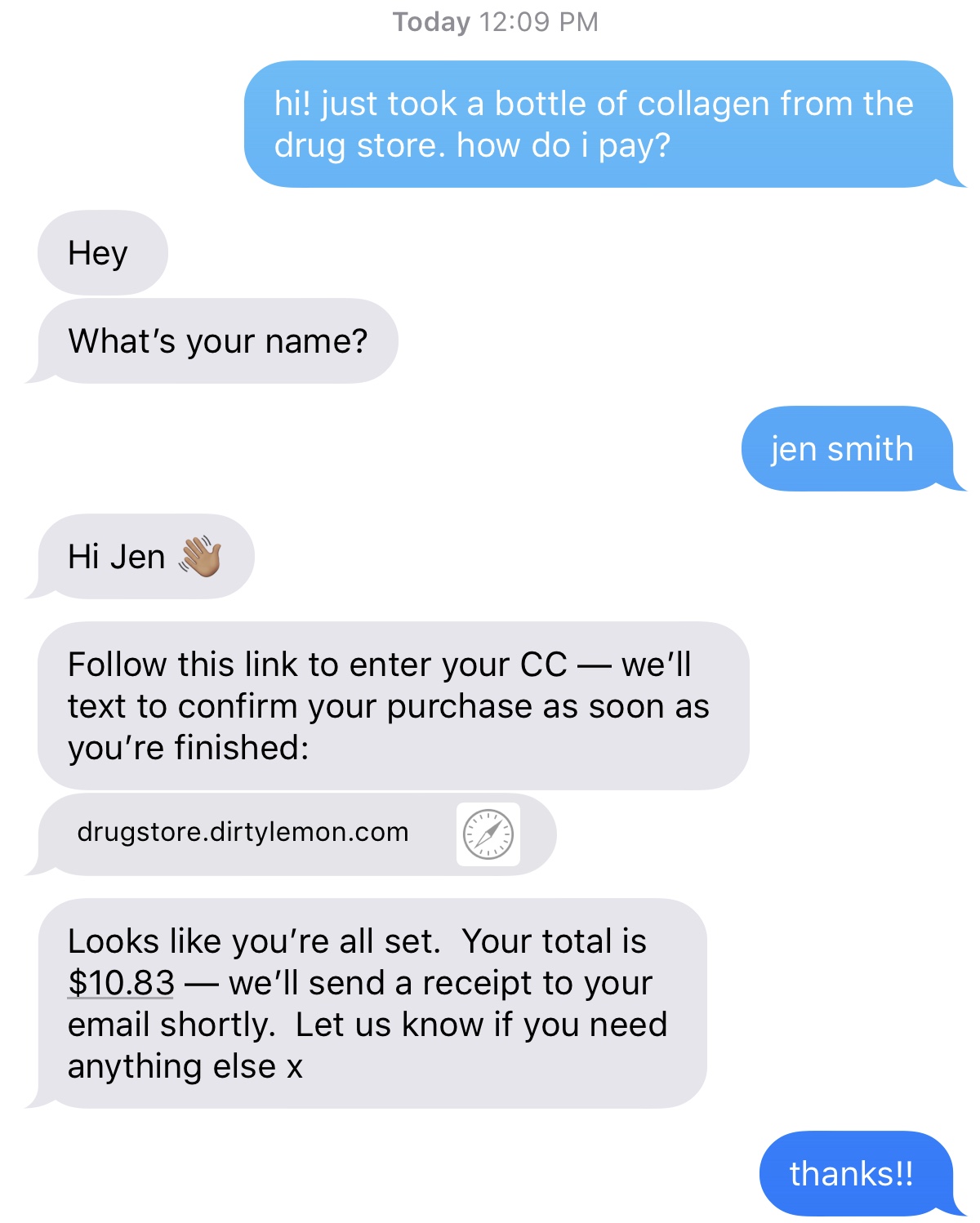
The process is simple, customers text us @917-588-0640 to set up an account – after they send a text message, a DIRTY LEMON customer service rep sends a secure link where the customer enters credit card and address information.
After the initial sign-up, customers only need to send a text message of their order to 917-588-0640, and subsequent orders are automatically charged to the card on file.

“We’re moving beyond experiential marketing and into experimental — this type of engagement enables the convenience customers have come to expect from our brand. Our customer prefers conversational interaction — we’re committed to a transaction process that eliminates all unnecessary steps.”
-Zak Normandin, Co-founder and CEO of DIRTY LEMON

While it’s clearly vital to optimize your ecommerce store for mobile, don’t neglect other sales channels in the meantime.
According to a study of over 45,000 shoppers conducted by the Harvard Business Review, only 7% were online-only shoppers — 73% of shoppers used multiple channels to shop.
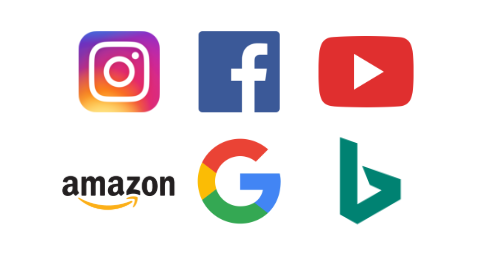

This is called omnichannel commerce. The biggest takeaway from the rise in omnichannel shopping is that your customer experience should be consistent across channels — including mcommerce, desktop ecommerce, and any brick-and-mortar placements, whether your own store or through wholesale.
Make sure that your brand, messaging, and customer support are on par wherever your shoppers may be. Regardless of the channel on which they end up completing a purchase, every interaction with your product and brand affects the customer experience and likeliness of conversion.
The proof is in the numbers: Ecommerce retailers can’t afford to neglect mobile commerce in 2019.
By optimizing your online store for mobile, you can prepare to offer a better omnichannel commerce experience for current and potential customers alike. Keep security and user experience top of mind, and watch your ecommerce business grow alongside mcommerce in the year to come.
For more on mobile ecommerce trends, email [email protected]
